Easter is the celebration of rebirth. It’s a spring holiday and spring is all about nature coming back to life. Is there any better way to celebrate a return to life than with flowers?
Nowhere is the idea of rebirth more evident than in our gardens. From the bright bulbs to the evergreen shrubs, the arrival of spring signals to our favorite flowers that it’s time to burst into bloom. Fragrant blossoms open to a rainbow of cheerful hues, from the scarlet reds and the vibrant oranges to the pastel blues and delicate lavenders. Each of these blossoms comes with its own symbolism, many of which reflect the spirit of the season and are ideal messages for Easter.

There are many Easter traditions. Some are religious, some are family-oriented, but all of them are centered around flowers. Here are just a few:
Flower Traditions
The Corsage
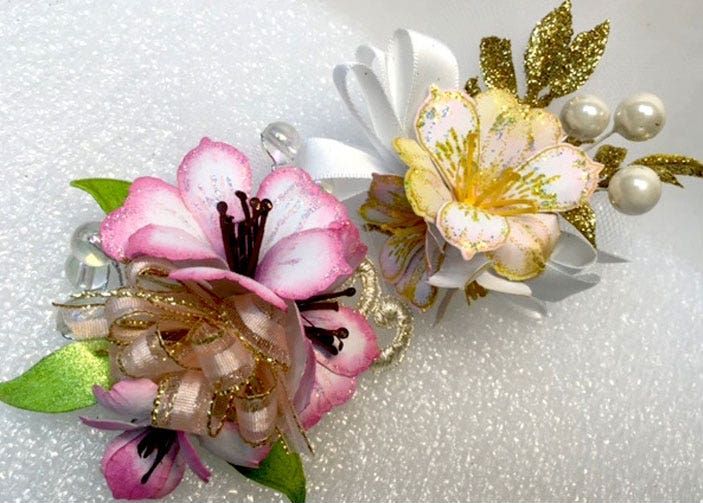
The Easter corsage is an older tradition, but it is an important one. The corsage is most often worn to church services and is given as a sign of love. It is most often given to a wife by her husband or a mother by her children.
The flower used is not important in the Easter corsage, unlike Mother’s Day corsages which have different meanings assigned to different flowers and colors.
The Lily
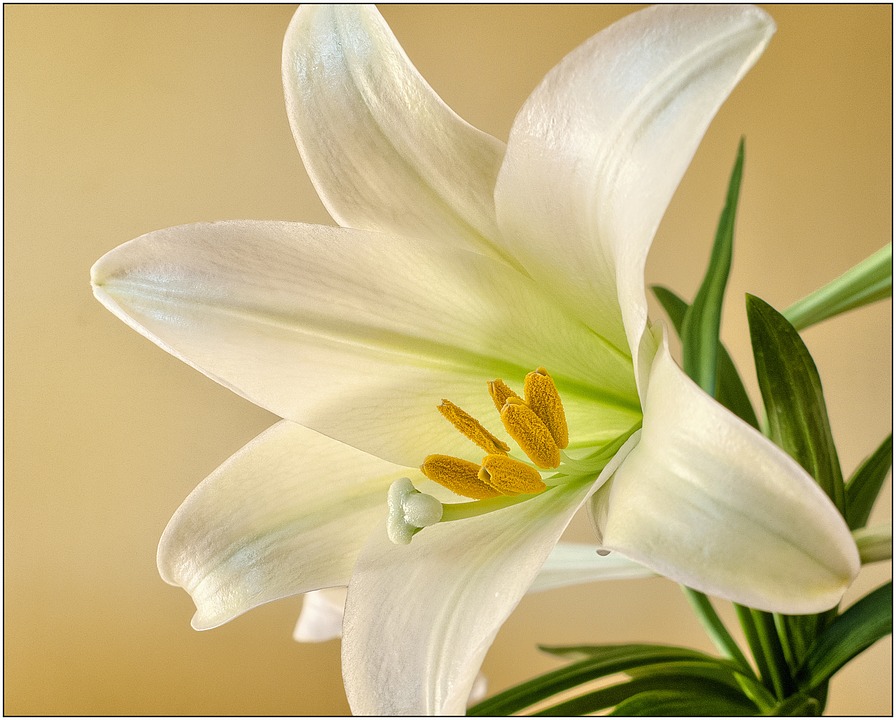
The quintessential Easter flower is, of course, the Easter Lily.
Tradition has it that the beautiful white lilies sprung up where drops of Christ’s sweat fell to the ground in his final hours. For this reason, you will see Easter lilies decorating pulpits, alters and more in churches all across the world.
White water lilies are trumpet-shaped white flowers. They are symbolic of purity, virtue, innocence, hope and life, which makes them the go-to flower of Easter. Lilies can be gifted either singly or as part of a larger arrangement.
Passion Flower

These flowers are full of symbolism for the Christian faith. This flower’s name was actually inspired by the passion of Christ on the cross.
The three stamens represent the Holy Trinity or the three nail wounds of Christ. The circle of petals is said to represent the crown of thorns that Christ wore; the pointed leaves are said to represent the spear that went into Christ’s side as he hung on the cross.
**********
Other Popular Easter Flowers
Tulips
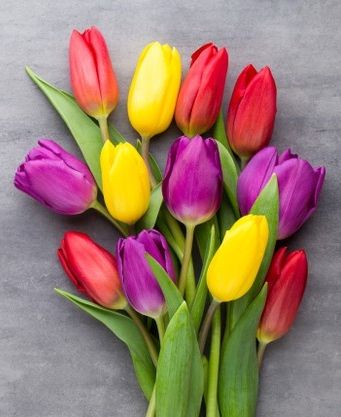
Tulips are a classic Spring bloom. They are often called the harbingers of Spring, as they are among the first flowers to bloom.
Spring flowering bulbs such as the tulip seem to come back from the dead, which is one reason they are associated with Easter. They have a unique bell-shaped blossom that resembles the spherical shape of an Easter egg.
Tulips come in a variety of colors, shapes, and flower forms, making them a perfect complement to your colorful Easter eggs.
Daisies

Daisies are small, delicate flowers often blooming in white or yellow colors. They are thought of as the floral archetype and are often the first thing that children learn to draw.
Daisies symbolize purity, innocence, gentility and loyalty.
This flower can be found growing wild on grassy fields and will likely be cradling hidden Easter eggs during your egg hunts.
Azaleas
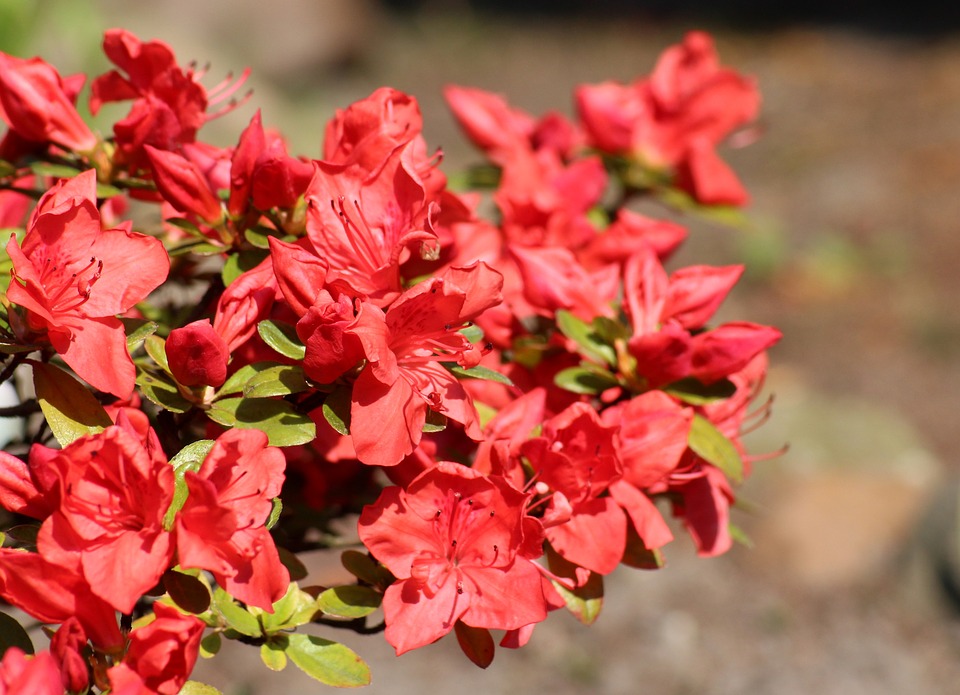
Azaleas are evergreen shrubs with generous flowers growing in many colors including white, pink, salmon, lilac, purple and red.
They are interpreted as having many different meanings, but the most relevant Easter meaning is, “caring for the family and self.” It’s no wonder these are associated with the Easter family gathering.
Azaleas bloom in the spring (May and June in the temperate Northern Hemisphere, and December and January in the Southern Hemisphere.)
Daffodil
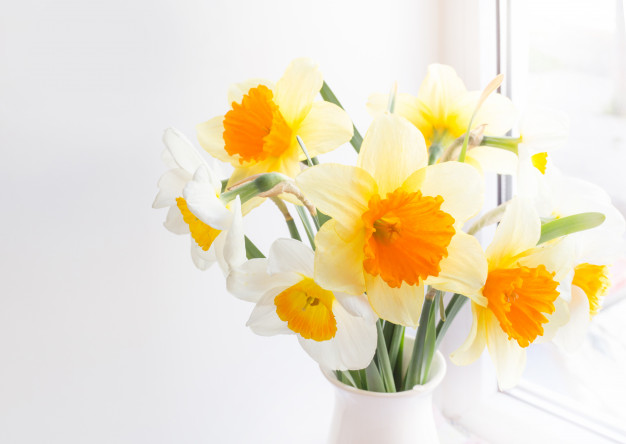
Daffodils, along with other floral bulbs, are symbolic of rebirth and new beginnings. These are also known as “Lent lilies” in England because of their long association with Lent. (They typically bloom between Ash Wednesday and Easter.)
Daffodils are a part of the amaryllis family, native to northern Europe and grown in temperate climates around the world. With many varieties, daffodils make for a perfect spring bouquet!
Hyacinth

There is nothing quite like the sweet scent of hyacinth flowers.
Another early Spring-blooming bulb, the hyacinth can be given as a potted bulb and be planted in the garden after the blooms die.
They come in pink, yellow, white and shades of purple, which are also the classic colors of Easter. You will see them widely available in stores everywhere.
In the language of flowers, the hyacinth represents sport or play, while the blue hyacinth means constancy.
**********
Flowers are an important part of most holidays, but never more than Easter. The return of beauty, warmth and life to the world are perfectly captured in the fragile beauty of spring flowers. Don’t miss your chance to celebrate Easter the right way this year. Celebrate with flowers!

